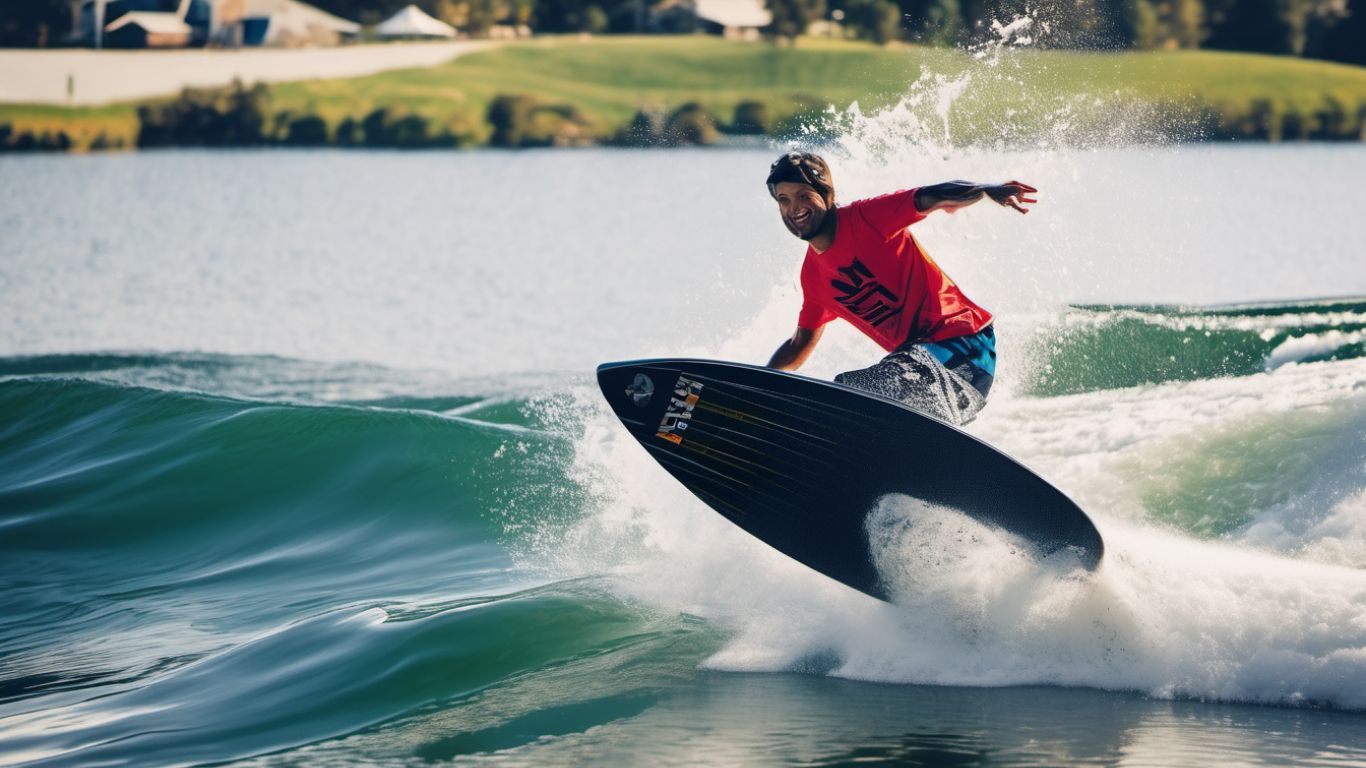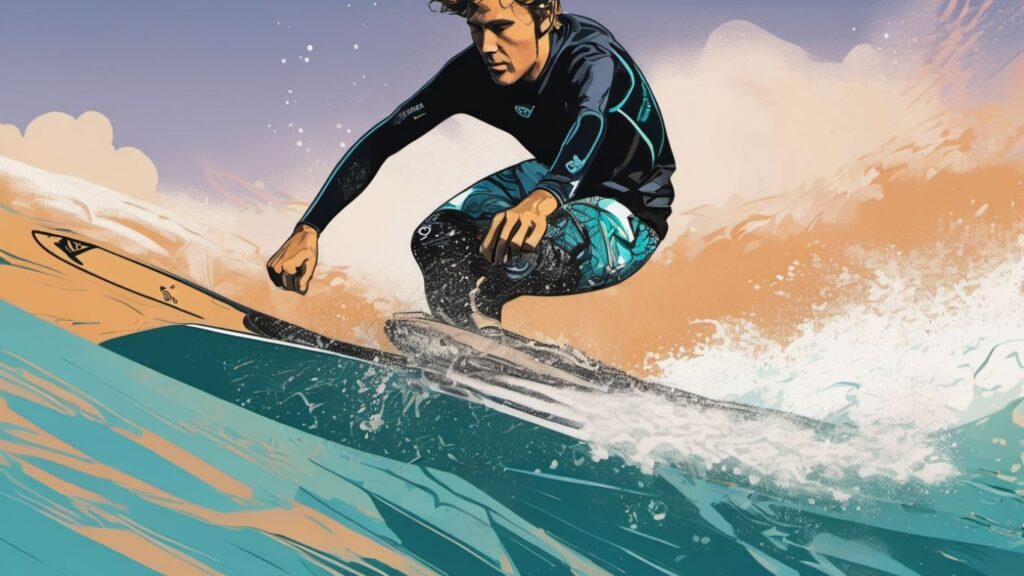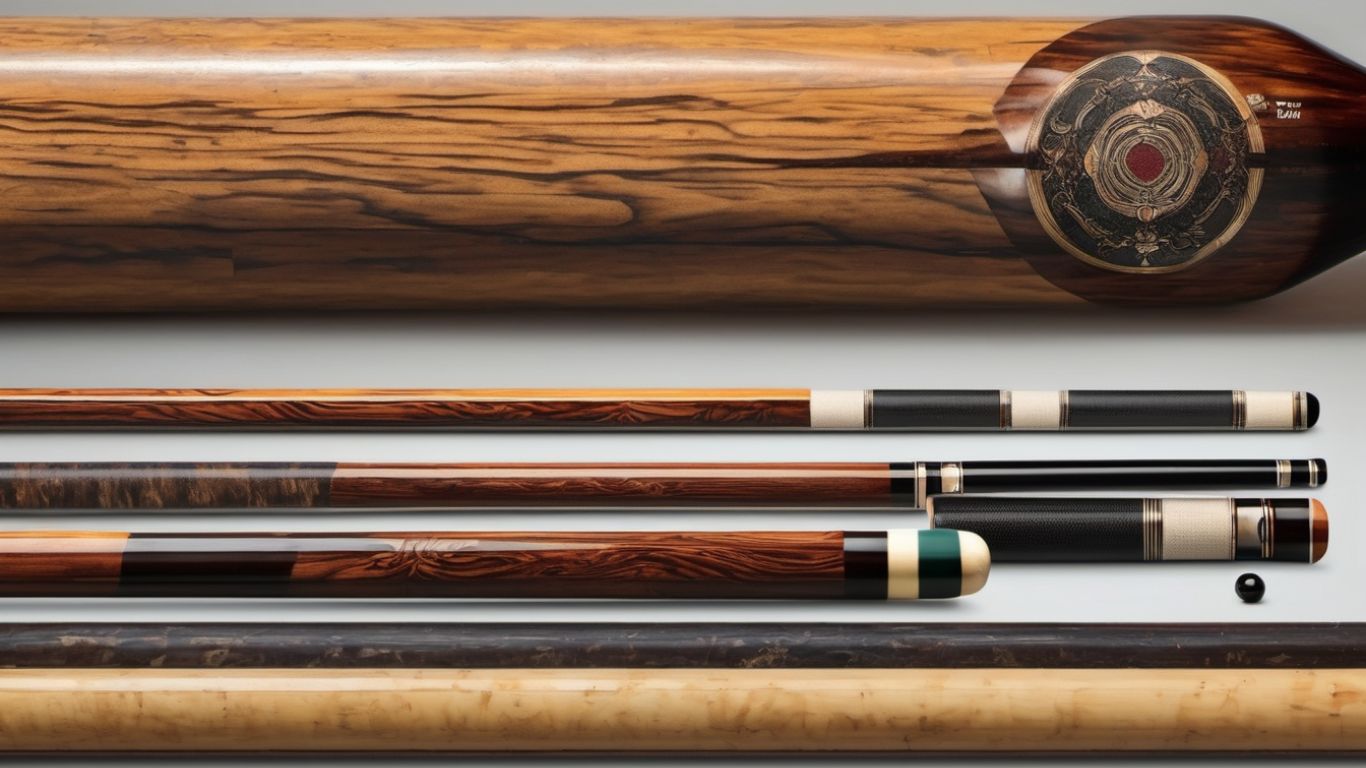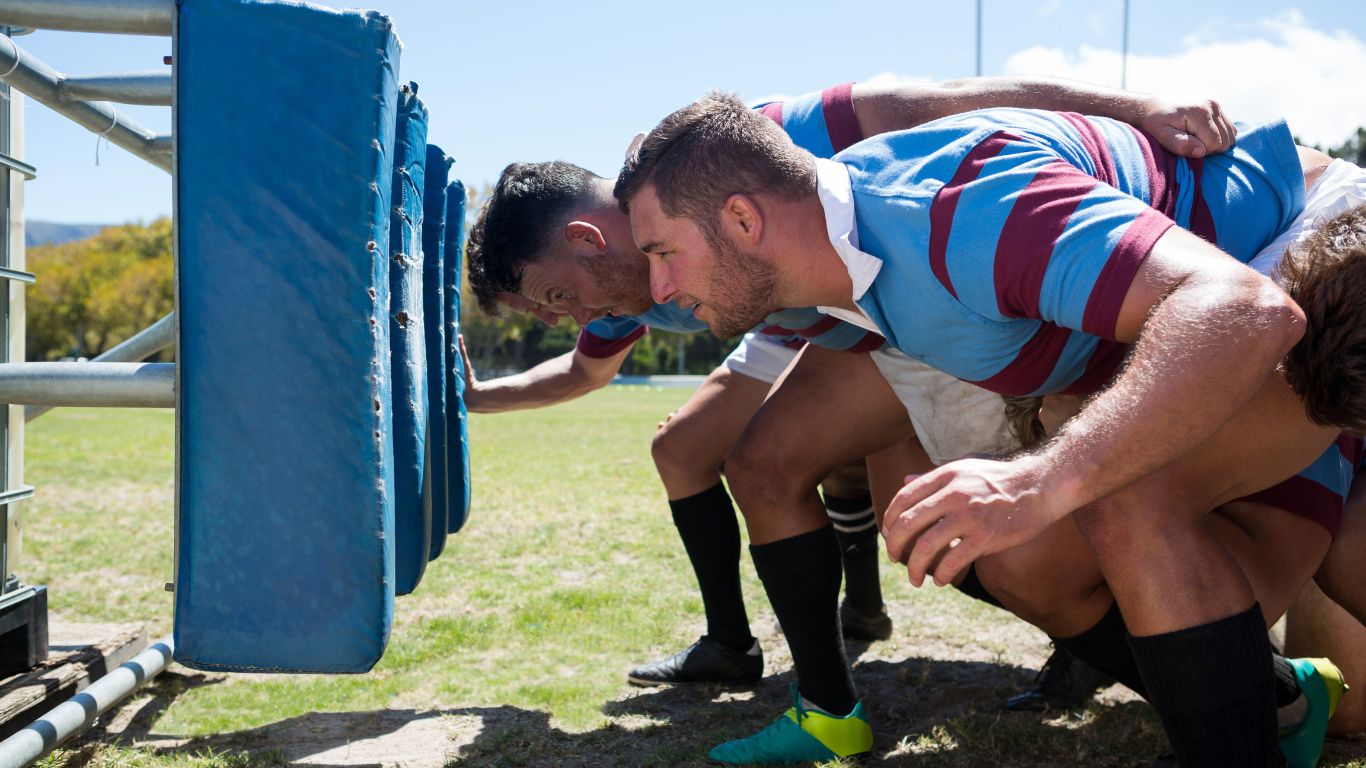Wake surfing is an exhilarating sport that lets you surf the endless waves created by a wake boat sans the need to paddle into ocean swells. If you’re past the beginner’s hurdle and looking to refine your skills on the wake, this guide will help you step up your game.
To indulge in this water sport, you’ll need specific equipment and follow several steps to ensure you’re shredding the wake safely and efficiently. Here’s what you need to get started:
Equipment Needed
Before hitting the water, ensure you have:
- A Wake Surfboard: Chosen based on weight, height, and skill level. Intermediate riders may opt for a smaller, more manoeuvrable board.
- A Tow Rope: Durable and shorter than typical water skiing ropes. It should have a comfortable grip.
- A Tow Boat: Specifically designed to create a significant, sustained wake. Dial in your boat’s ballast system to optimize the wake size.
- A Personal Flotation Device (PFD): Safety first! Always wear a Coast Guard-approved PFD.
- Proper Swimwear: Comfortable, secure, and designed to withstand active movement.
- Helmet: While optional, it’s a reasonable addition to your gear, especially when attempting new tricks.
Step-by-Step Guide to Wake Surfing for Intermediates
Step 1: Pre-surf Preparation
Before entering the water, ensure the boat’s ballast system is adjusted correctly to create the desired wake. Familiarize yourself with hand signals to communicate effectively with your boat driver.
Step 2: Positioning & Getting Up
Lie back in the water with your feet resting lightly on the wakeboard. The board should be perpendicular to your body.
Step 3: Catching the Wake
The boat will slowly pull away, bringing tension to the tow rope. Angle your heels down and press against the board to pop it up vertically. Keep your arms straight and hold onto the rope.
Step 4: Finding Your Stance
Stabilize yourself on the board with your feet shoulder-width apart. Your back foot should be positioned 6 to 18 inches from the board’s tail—find what’s most comfortable for you.
Step 5: Riding the Wave
Once you’re up and balanced, your driver should keep the speed around 10 MPH, the sweet spot for wake surfing. You’ll feel the pull of the wave; use this to find the wake’s “pocket,” where you can surf with less reliance on the rope.
Step 6: Dropping the Rope
When comfortable riding in the pocket and feeling the wave propelling you, gently place the tow rope back onto the boat’s swim platform or carefully toss it to the side.
Step 7: Fine-Tuning Your Skills
Now, it’s time to work on your technique. Practice carving by shifting your weight from your toes to your heels. Work on your balance and try minor cuts back and forth across the wake to build confidence and control.
Step 8: Learning New Tricks
Once confident with carving and riding free of the rope, start attempting tricks. A heel-side or toe-side turn is a good starting point. Always alert your driver when trying new manoeuvres so they can adjust the speed and wake as needed.
Safety Tips
- Never wake surf behind an outboard or inboard/outboard boat. The propeller poses a significant danger.
- Use a spotter to keep an eye on the surfer at all times.
- Understand and use hand signals for communication.
- Respect all water regulations, and surf during safe weather conditions and daylight.
Enjoy the Ride
With the right gear and a healthy respect for safety, you’re ready to take on the wake with a new level of expertise. Wake surfing is as much about balance and rhythm as patience and practice. Enjoy the process of mastering each new skill and celebrate your progression as an intermediate wake surfer.










